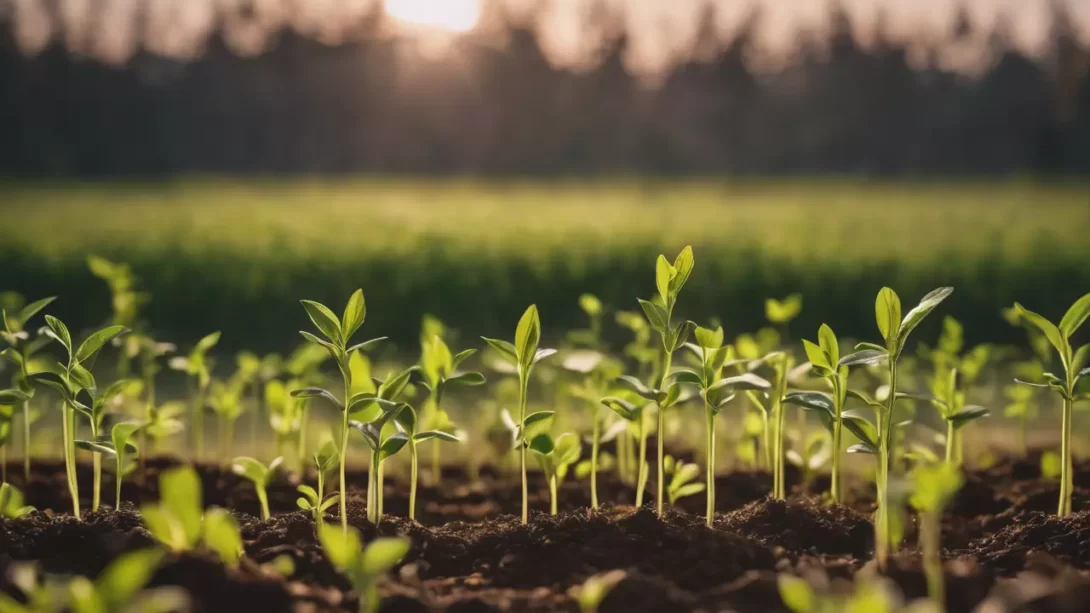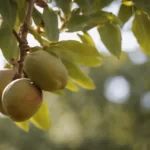Proper watering is crucial for the successful growth of seedlings, as it impacts their development and overall health. Seedlings, being in the initial stages of growth, are particularly sensitive to their environment, especially to moisture levels. Unlike mature plants, seedlings have less developed root systems and are more vulnerable to both under and over-watering.
Seedling Water Requirements
The water needs of seedlings are influenced by several factors. The type of soil you use can affect how quickly it dries out; for instance, sandy soil drains faster than clay. The size and type of container also play a role, as smaller containers dry out more quickly. Environmental factors such as temperature, humidity, and light exposure also dictate how often watering is needed. It’s important to maintain a balance, ensuring the soil is consistently moist but not waterlogged, to support healthy seedling growth.
Frequency of Watering Seedlings
Generally, seedlings need to be watered once or twice a day. However, this frequency can vary widely based on the conditions in your growing environment. Seedlings require a consistently moist environment, but it’s crucial to avoid over-saturation. Pay close attention to the moisture level of the soil; if the top layer feels dry to the touch, it’s time to water. On the other hand, if the soil feels soggy or if water pools on the surface, you may be watering too frequently. Regular observation and adjustments are key to finding the right balance for your seedlings.
Signs of Over and Under-Watering in Seedlings
Recognizing the signs of incorrect watering is vital for the health of your seedlings. Over-watered seedlings often exhibit yellowing leaves and a limp, over-saturated appearance. This condition can lead to root rot, a serious issue for young plants. Under-watered seedlings, conversely, will show signs of wilt or dryness in their leaves, and their growth may be stunted. Both over and under-watering can jeopardize the development and survival of seedlings, making it crucial to identify and correct these issues promptly.
Techniques for Effective Watering
Effective watering techniques can significantly improve the health of your seedlings. Using a spray bottle or a watering can with a gentle flow is ideal for providing even moisture without disturbing the soil or seedlings. When watering, aim to moisten the soil rather than the foliage, as wet leaves can encourage fungal diseases. It’s generally best to water seedlings in the morning, giving them time to absorb moisture before the heat of the day. Ensuring even soil moisture without over-saturating is key to successful seedling growth.
Monitoring and Adjusting Watering Practices
Regular monitoring is essential in developing an effective watering routine for seedlings. Check the soil moisture daily, adjusting your watering schedule as necessary. As seedlings grow and the environmental conditions change, their water needs will also change. Be prepared to water more frequently during hot, dry periods and less during cooler, humid conditions. Additionally, as seedlings grow larger and their root systems develop, they will require more water. Continual observation and adjustment are crucial for maintaining the optimal moisture level for your seedlings.
Advanced Tips for Seedling Water Management
For gardeners looking to optimize their seedling care, advanced water management techniques can be highly beneficial. Consider using self-watering seedling trays or systems, which can help maintain consistent soil moisture levels. These systems are particularly useful for busy gardeners or those with a large number of seedlings. Additionally, ensure your seedling containers have good drainage. This can be achieved by using pots with drainage holes or adding a layer of gravel at the bottom of containers without holes. Good drainage prevents water from accumulating at the roots, reducing the risk of root rot.
The Importance of Good Drainage in Seedling Care
Good drainage is as important as proper watering. Overly wet conditions can lead to root diseases and impair the growth of seedlings. If you notice that water does not drain well, consider repotting your seedlings into a container with better drainage or amending the soil mix to improve its draining properties. A mix of peat, perlite, and vermiculite is often recommended for seedlings, as it retains moisture while allowing excess water to drain away.
Conclusion
Mastering the art of watering seedlings is a key step in nurturing healthy, vigorous plants. Remember, the frequency and method of watering can vary greatly depending on environmental factors and the growth stage of the seedlings. Regular monitoring and adjustments to your watering routine are essential. By paying close attention to the moisture needs of your seedlings and responding appropriately, you can set the foundation for a successful and rewarding gardening experience.



